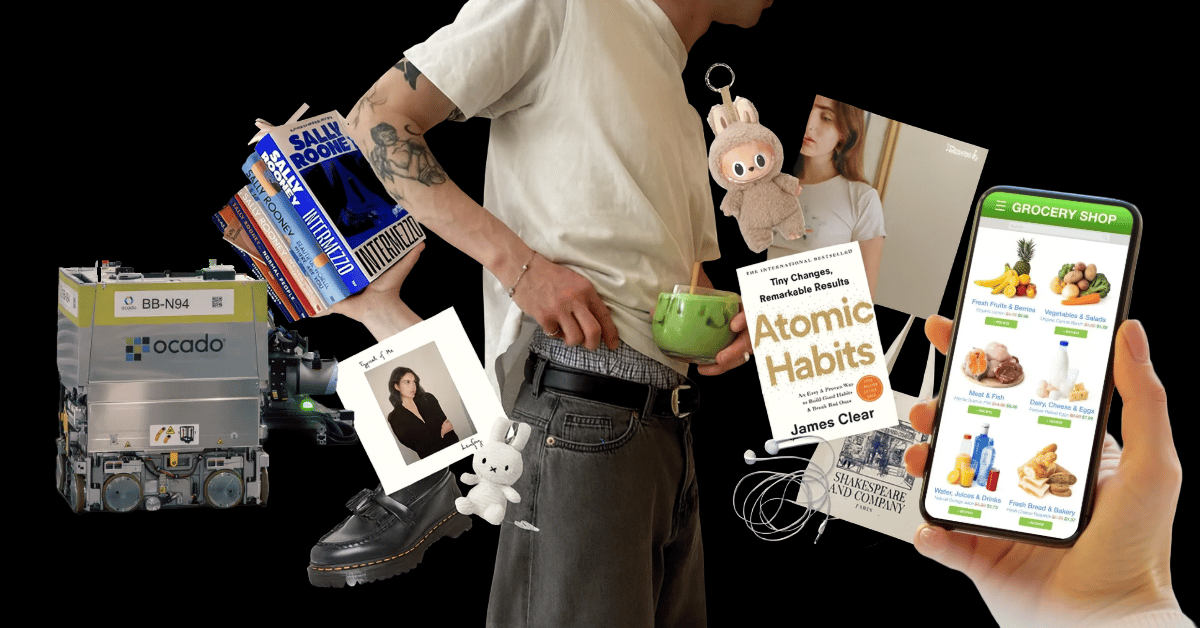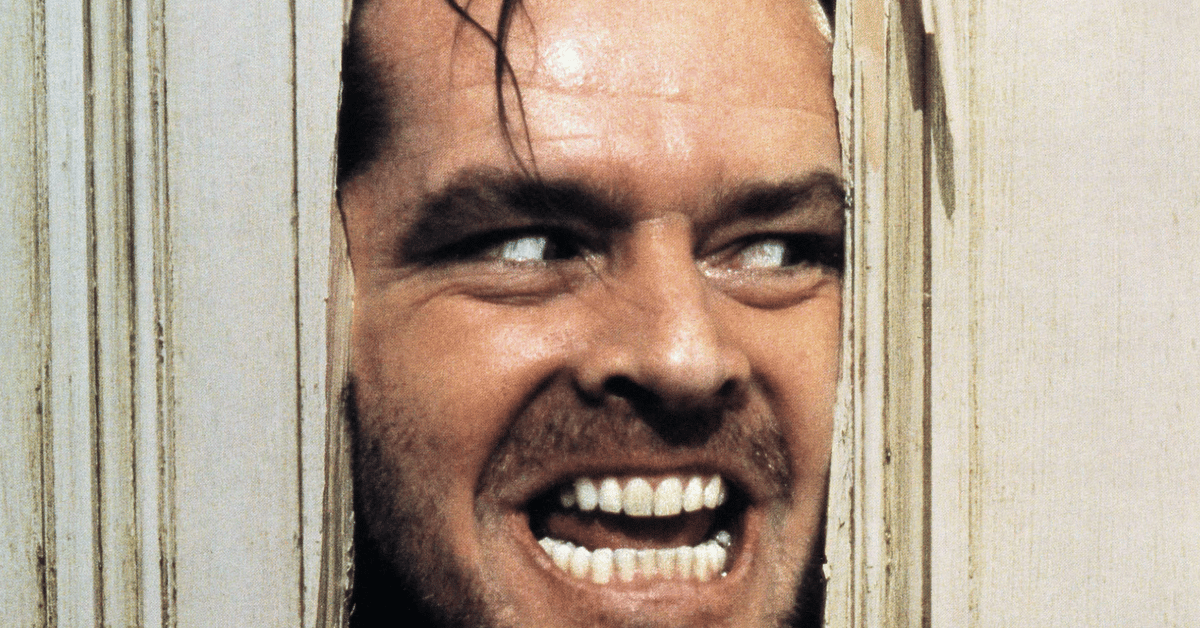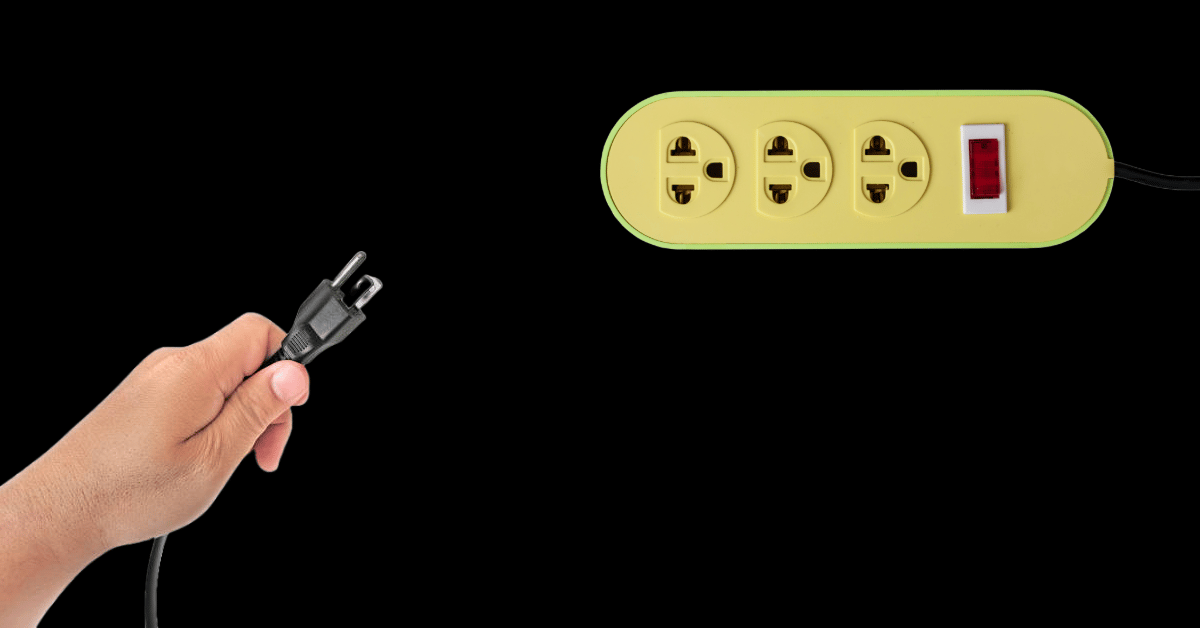
He’s wearing pink Nikes, baggy jeans, and carries a copy of Michelle Obama’s Becoming everywhere he goes.
He’s the performative male, once just a TikTok archetype born of memes and snarky comment sections. But now, he’s out in the wild—easily spotted at your local coffee shop, sipping a green iced matcha oat milk latte. Because social media doesn’t just reflect culture. It informs it, creating an endless feedback loop where sometimes it’s hard to tell what’s ironic and what’s, well, real.
- Charlotte Ellis, Editor ♡
Want to know how we got 1 billion views in 1 year?

Join Stanley Henry and Jony Lee, the brains behind our social strategy, for a 2-day intensive workshop in Sydney.
You’ll walk away with a full content strategy for your brand and a repeatable system for creating content that gets attention.
You’ll even get our help making content so you can confidently execute on your strategy when you go home.
We only have space for 12 brands so get in before this fills up!
22-23 August | Sydney, Australia | $3k for 1 person OR $5k for teams
WHAT’S HAPPENING IN MARKETING TODAY?
Social media created “performative males,” Gen Z is obsessed with “easy” & Robot warehouses are the future

Do we have a performative male epidemic?
I’ve seen this phrase going around the internet A LOT lately and it is so funny to me. Because you know him. Maybe you’ve dated him. Maybe he’s the guy in your class at uni who makes your eyes roll every time he walks in, headphones blaring Clairo, strapped with a ~deadstock~ tote bag, vintage tabis and an iced matcha.
This is the emotionally unavailable man, but rebranded. He’s smarter. He appears as the antithesis of toxic masculinity: well-versed in therapy speak, dresses a little feminine. He even knows his moon sign and wants to know yours. But this man is no better than the finance bros he openly denounces. In fact, he may be worse. Because he isn’t here to be better. He’s only here to appear better: for you, for social currency and the chance to potentially bone. In other words, run. And don’t look back at his super cute haircut or biceps popping out of his white tee.
Gen Z-ers shop and buy groceries on mobile more than other generations, report tells.
I feel like this seems kind of obvious, but it's still worth noting: according to eMarketer, digital convenience drives Gen Z’s spending and wellness choices. It even reshapes how consumers shop, spend and stay well – without ever having to log off lol.
According to the report, US Gen Z-ers record 425 digital actions a month, which is 40.3% more than their Gen X counterparts and 141% more than boomers. They're “savvy shoppers,” so marketers trying to reach the cohort will do best creating quick, effortless shopping experiences. So you best ensure your websites and checkout processes are SEAMLESS.
Automated warehouses, where robots are packing your groceries, are the future.
AI is big and scary until you see a bunch of cuties quietly whooshing around a gridded warehouse packing 30 million orders a year. At Ocado, a company in Luton, just outside of London, is a warehouse that's almost entirely automated.
It's carefully controlled by a central computer to avoid collisions, moving custom-built trays of bread, tins, ready meals, and more to wherever they need to be. This gives us a tiny snapshot into what the future may look like for factories and warehouses alike. For better or for worse, I’m not sure. Check it out here.
-Sophie Randell, Writer
DEEP DIVE
Why the grotesque is marketing gold right now

Something beautifully grotesque is clawing its way back into the cultural spotlight.
And I. Cannot. Look. Away.
While buying tickets for Dave Franco and Alison Brie’s new codependent body horror, Together, I had a thought about the genre: suddenly, it’s everywhere. I believe we’re seeing a major renaissance.
Films like The Substance (2024) and Together (2025) offer flesh, blood and bile for squirmingly good shock value. But they also excavate deep anxieties about identity, beauty and the commodification of our physical selves.
The genre, long defined by mutation, transformation and decay, feels urgently relevant in a time when our bodies and sense of self are caught in a relentless cycle of fragmentation and reinvention.
And the horror isn’t skin-deep. It’s systemic.
Where once body horror served as a vehicle for taboo or transgression, today it feels more like a mirror. The Substance is a clear example: its grotesque narrative does not serve to shallowly repulse its audience; it critiques.
It explores how ageing women are devalued by society. How beauty, youth, and worth have become inseparable in the cultural imagination. The body in this film goes beyond the site of the horror. The Substance turns the female body into a battleground.
Similarly, Together delves into identity dissolution and bodily transformation with a distinctively modern lens. The monsters are as internal as they are algorithmic, aesthetic, cultural.
In a post-social media age, we become the trends we consume.
Literally. The rise of microtrends has made the body both canvas and commodity, constantly moulded to keep pace. Whether it's buccal fat removal, "heroin chic" nostalgia, or the sudden valorisation of “natural” ageing (so long as it’s still marketable), the (acceptable) body is endlessly rewritten.
And that rewriting is violent.
Body horror gives us permission to look at that violence. To acknowledge that our flesh is being fed through an ever-churning algorithm of desirability and erasure. In this light, the genre’s exaggerated mutations feel less like fantasy and more like truth with the saturation turned up.
Crucially, the genre is evolving.
Body horror today isn’t limited to the organic form. We are living in the age of the "new flesh": AI-generated faces, filters that offer instantaneous plastic surgery, avatars that outlive our real selves.
The line between self and self-image is dissolving. Digital dysmorphia, once a fringe concern, has become foundational.
We alter our appearances to fit an aesthetic that was never real to begin with. We absorb ourselves into TikTok trend archetypes and "xyz girl" personas, curating and correcting until the original becomes unrecognisable. Like when you sit and pluck at your eyebrows too long to the point of no return.
Body horror captures this existential fluidity.
We’re no longer talking about physical mutation. It goes far beyond that. It’s the dread of being infinitely customisable, editable, deletable. It’s the terror of having no stable self to return to.
This renaissance is no coincidence.
It’s consequence.
As we speed further into a reality shaped by machine aesthetics, trend cycles, and algorithmic validation, the genre offers something strangely grounding.
It reminds us that despite our attempts to transcend or digitise the body, we are still tied to it. Still haunted by it.
Maybe it’s not a renaissance at all, but the evolution of a genre mutating with us, documenting the psychic and physical toll of life in a fragmented, filtered world.
Anyway, catch y’all at the theatres. Because if the monsters on the screen look more like us every day, you bet your ass I’m going to have popcorn.
-Sophie Randell, Writer
TREND PLUG
But you can't prove it

Sgt. James Doakes has become the internet’s unofficial “I know what you’re up to” guy. The meme started as reaction images of Doakes staring someone down with the caption “but you can’t prove it”; it’s a nod to his storyline in Dexter where he knows Dexter’s a serial killer but can’t prove it. TikTok has taken it and run with it, turning Doakes into the face of every unspoken suspicion.
Creators are either:
How you can jump on this trend:
To the now iconic sound, find a scenario where you know the truth but can’t prove it. Then pair it with a still of Doakes looking suspicious. Keep the caption short and accusatory, almost like you’re exposing something without actually saying it. Bonus points if you use multiple Doakes shots for extra drama.
A few ideas to get you started:
The “organic” post that was actually boosted but you can’t prove it
The intern who’s been using your Canva templates but you can’t prove it
That one coworker who’s definitely stealing your lunch but you can’t prove it
- abdel khalil, brand & marketing executive
FOR THE GROUP CHAT
😂Yap’s funniest home video: The jig was UP
❤How wholesome: positivity core
😊Soooo satisfying: Which toilet paper would you use?
🍝What you should make for dinner tonight: Air Fryer Cheesy Potato Bites
TODAY ON THE YAP PODCAST
Want even more “YAP”ing? Check out the full podcast here.
ASK THE EDITOR

I've just graduated and am trying to get a job in marketing. Besides applying for jobs, what should I be doing to speed up the process? - Zarah
Hey Zarah!
The best thing you can do right now is start growing your personal brand. It's a great way to get experience in marketing since you've just finished studying. You can practice applying what you've learnt by building your own brand.
My suggestion would be to start with LinkedIn, because recruiters and people who are hiring for marketing roles are on there. Start following people who work for brands you'd love to work for, then engage with their content. Create content about things you learned in school, podcasts you’re listening to, or books you’re reading right now.
I'm not saying this will mean you'll get a job right away. But it will definitely help you get your name out there and build your network. And that's much more effective than just applying for job postings alone!
- Charlotte Ellis, Editor ♡
Not going viral yet?
We get it. Creating content that does numbers is harder than it looks. But doing those big numbers is the fastest way to grow your brand. So if you’re tired of throwing sh*t at the wall and seeing what sticks, you’re in luck. Because making our clients go viral is kinda what we do every single day.
